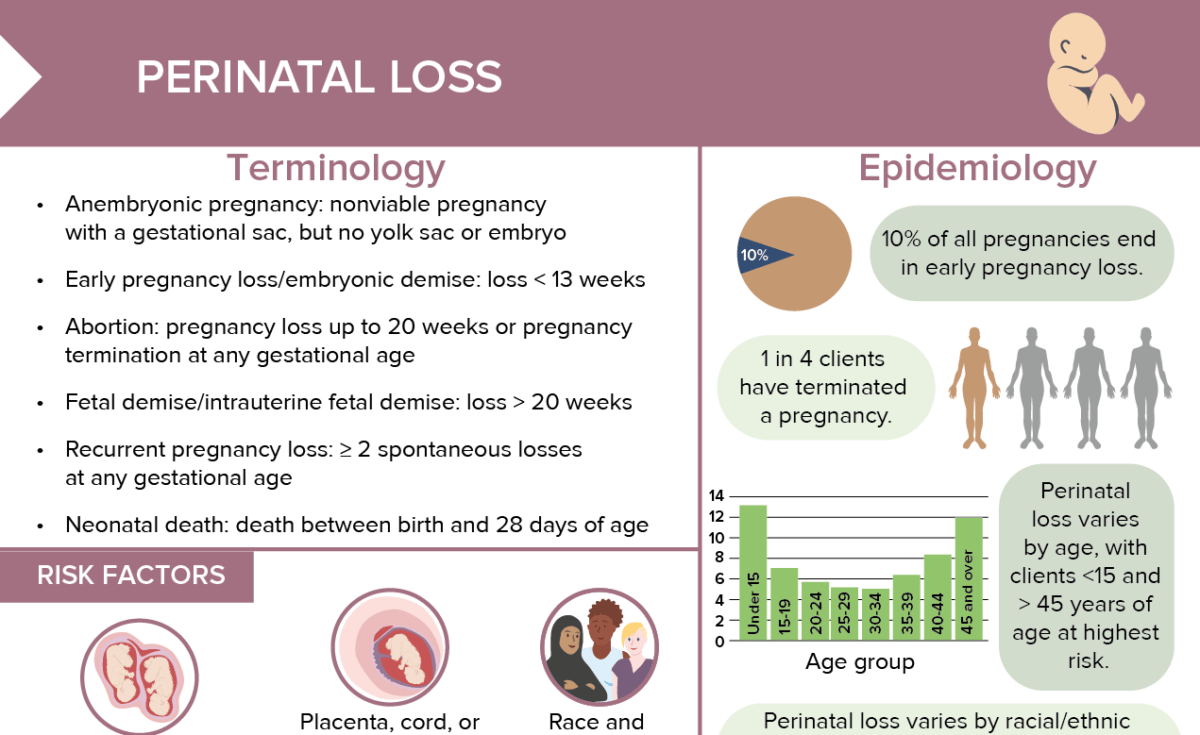Definition: What is postmortem care?
Postmortem care is a component of end-of-life care and is the care given to a deceased client. Nurses and unlicensed assistive personnel (UAPs) perform most postmortem care until the deceased client is transferred to a funeral provider.
What are the nursing tasks in postmortem care? General step-by-step guidelines
Postmortem care involves a series of steps performed by nurses to prepare a deceased client’s body for family viewing or transfer to a mortuary.
Note: Ensure the medical examiner’s office is notified of death as required by local and organizational regulations. If an autopsy is to be performed, all medical devices may need to remain in place. Document phone call, case number (if provided) and whether permission was received to remove medical devices prior to performing postmortem care.
Remember, practices may vary based on cultural, religious, or institutional policies. Always adhere to your facility’s guidelines.
Key parts include:
Step 1: Preparation
- Gather all materials.
- Perform hand hygiene.
- Put on personal protective equipment (PPE).
- Raise bed to an appropriate height.
- Ensure privacy and dignity by closing the room door and windows.
Step 2: Positioning and cleaning
- Place deceased client in the supine position.
- Place a pillow under the head and shoulders to prevent blood pooling and discoloration.
- Ensure all equipment is turned off.
- Remove all lines, tubes, drains, and other devices.
- Clean client’s body using bathing supplies.
- Change bed linens and place an absorbent pad under the buttocks.
- Close client’s eyelids (if eyelids do not close, place moistened cotton balls on eyelids for a few minutes before reattempting to close them).
- Place folded towel under chin to keep mouth closed (you may need to use gauze ties to wrap under jaw or towel and tie on top of head to ensure mouth closure).
- Cover puncture sites and open wounds with gauze and dressings.
Step 3: Identification and organization
- Place a non-removable identification tag on client.
- Place client in a body bag included with a postmortem kit, with additional labels per facility or medical examiner procedures.
- If client was in isolation, document type of isolation on identification tags on client and body bag.
- Ensure client’s belongings are in “Client’s Belongings” bag, such as clothes and electronic devices.
Step 4: Documentation
Document the time of death, personnel notified, actions taken, belongings, and the person to whom the body was released.
Step 5: Family assistance
Provide emotional support to the family, offer them time with the body, answer questions, and guide them to appropriate resources.
What supplies do I need for postmortem care?
- Bathing supplies for cleaning the body
- Cotton balls
- Clean sheets
- Shroud kit (identification tags, body wrap, soft strings)
- Absorbent pad
- Bag for the client’s belongings
How can I manage postmortem stiffness (rigor mortis)?
Rigor mortis, the stiffening of the body’s muscles, begins a few hours after death. If it has set in, you may need to apply gentle pressure to position the body correctly. If unable to do so, do not force it to prevent tissue damage.
How to handle a family refusing postmortem care
Some families may not want elements of postmortem care to be performed due to religious or cultural beliefs. Discuss with your supervisor and always document the refusal and any actions taken. The wishes of the family should be respected and it is good to involve a cultural liaison or religious leader, if available.
How should the client’s personal belongings be handled?
Items should be placed in a bag, labeled, inventoried, cleaned if necessary, and given to the family, following hospital policy. If the family is not present, follow the institution’s procedure for storing or safeguarding belongings.

